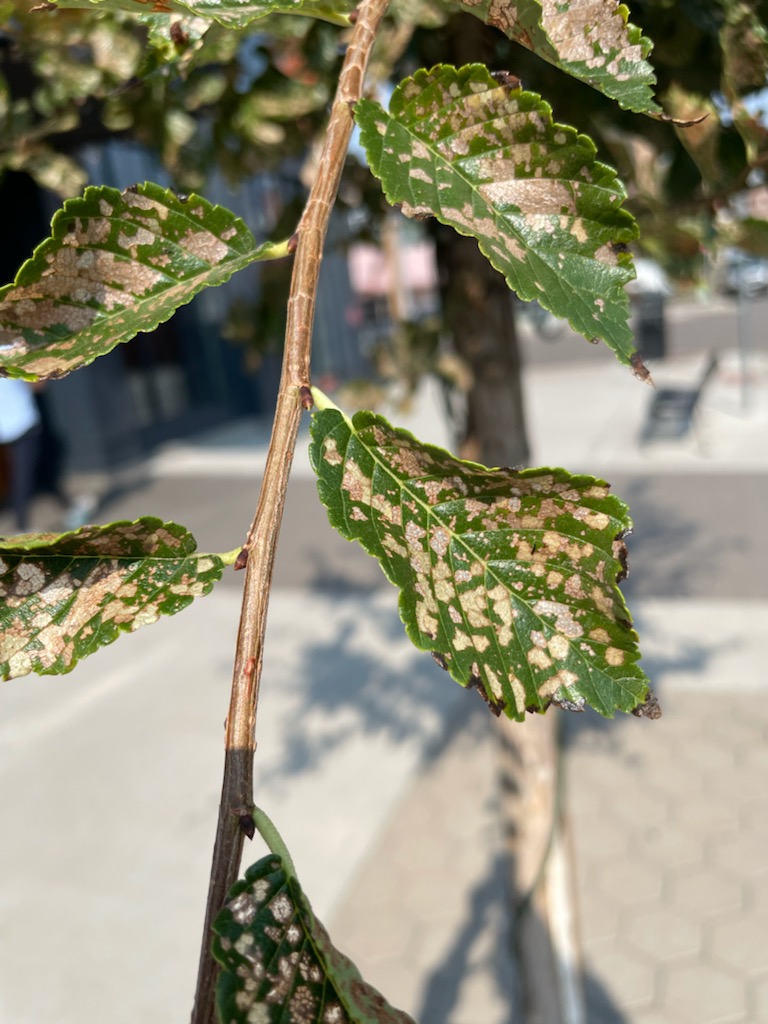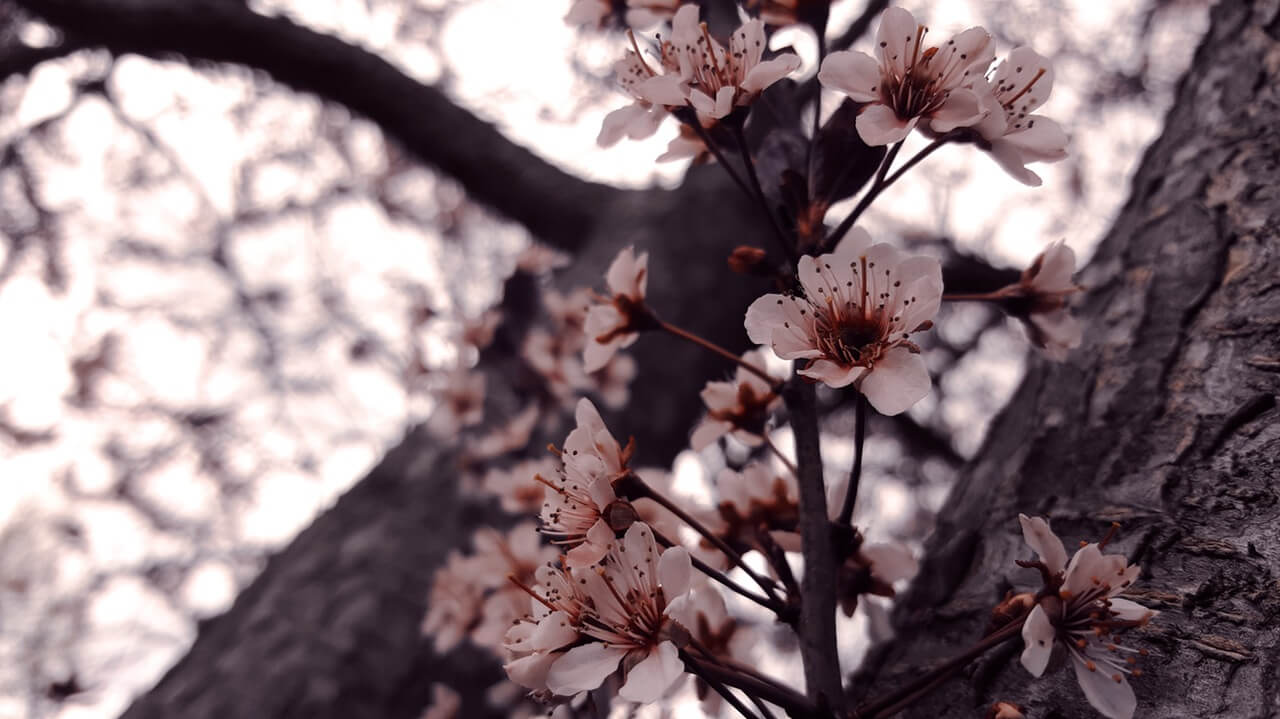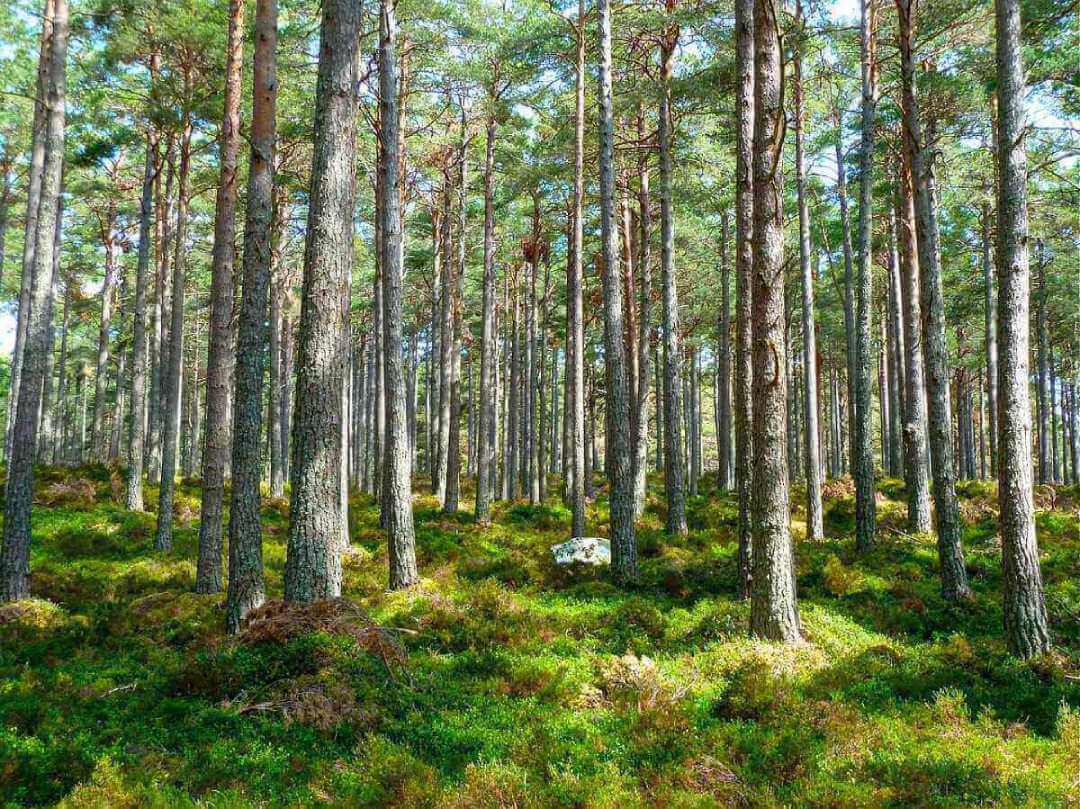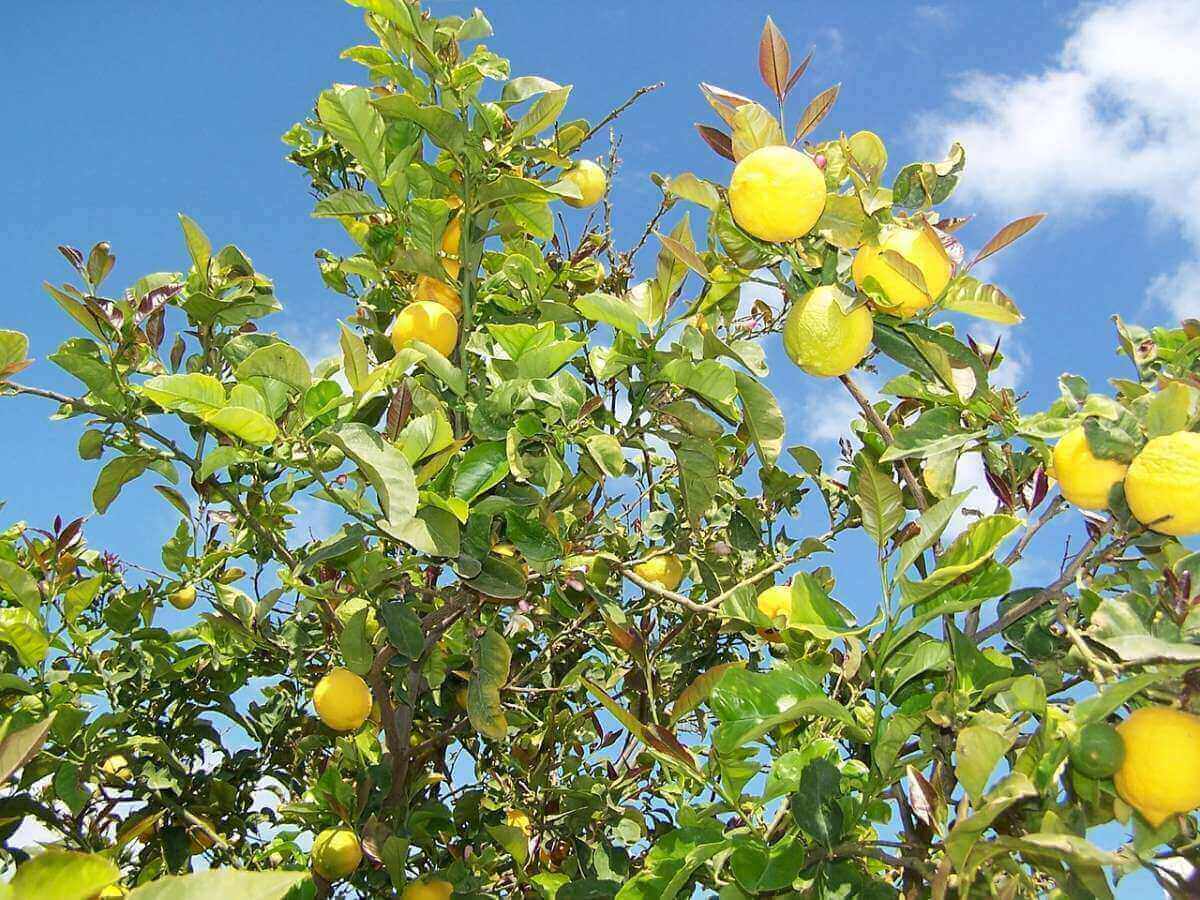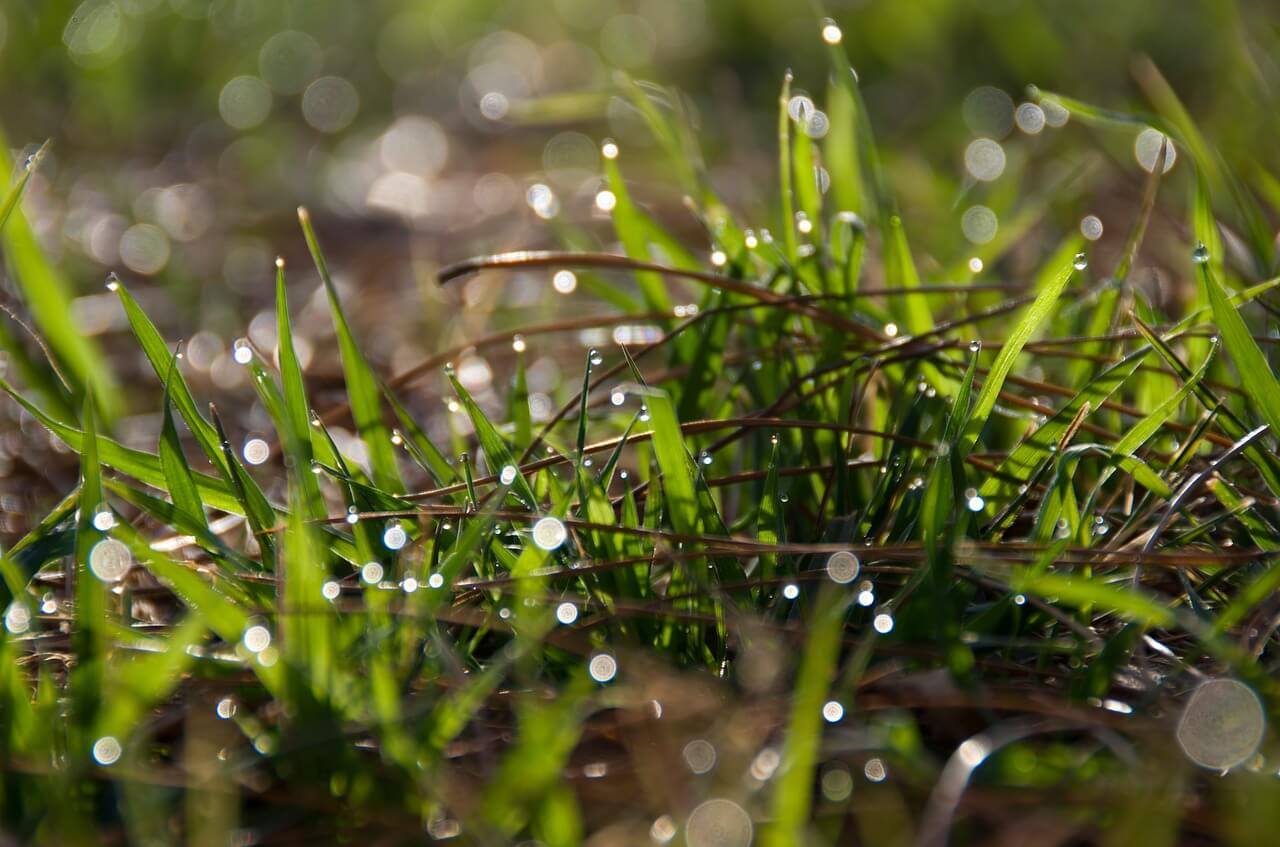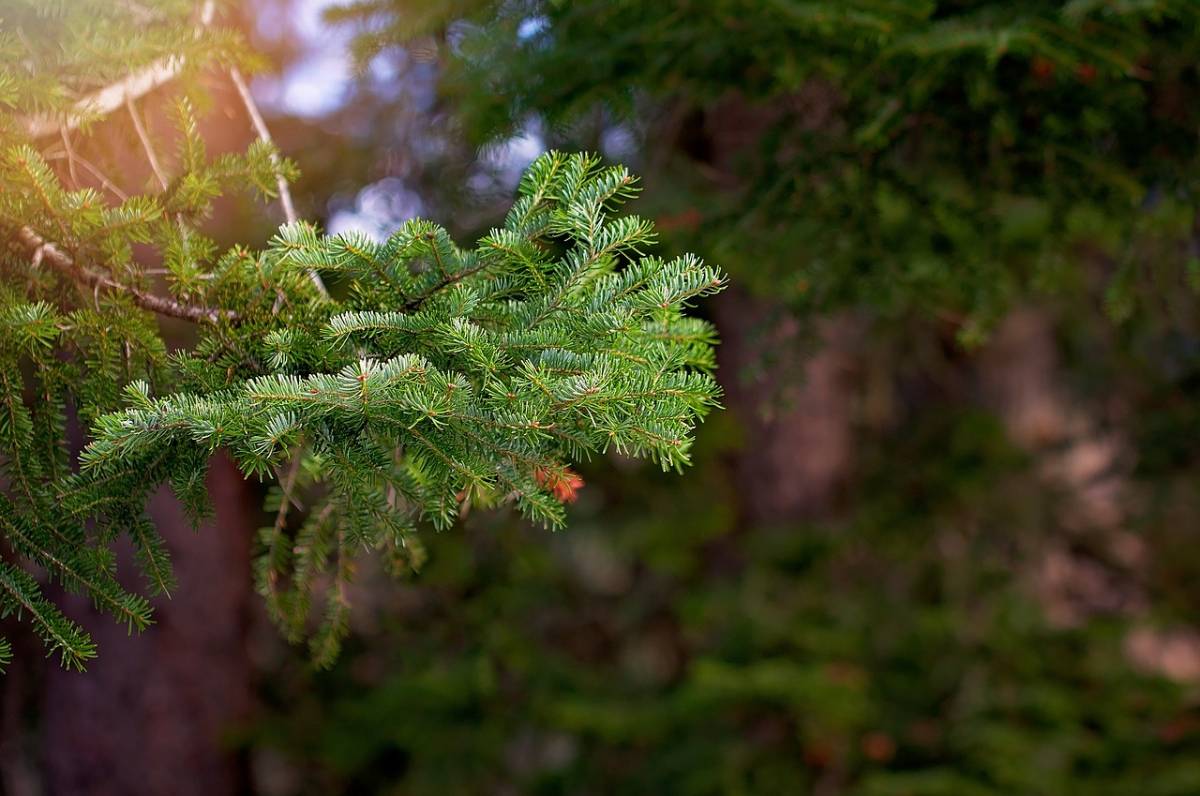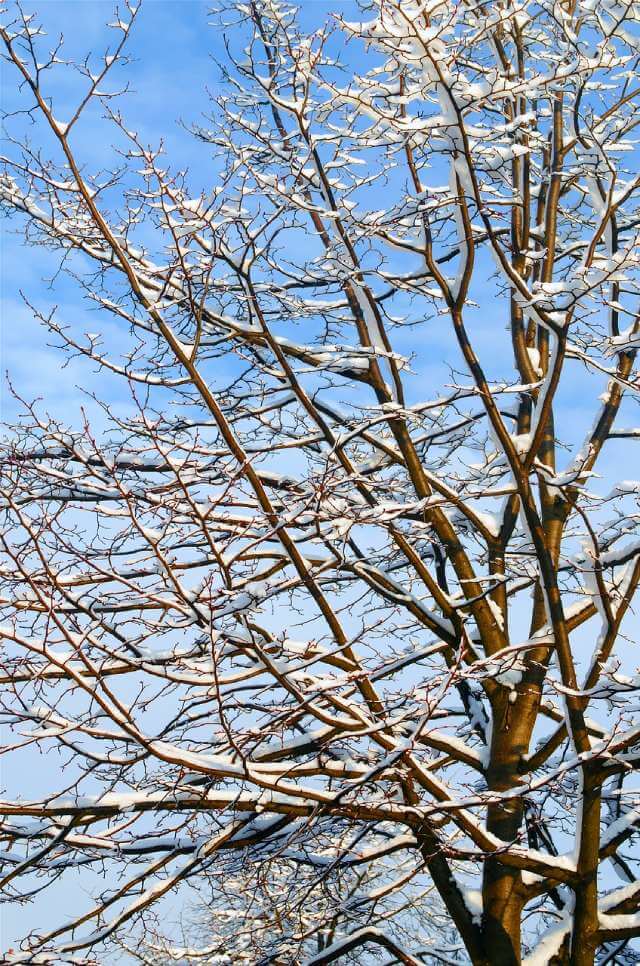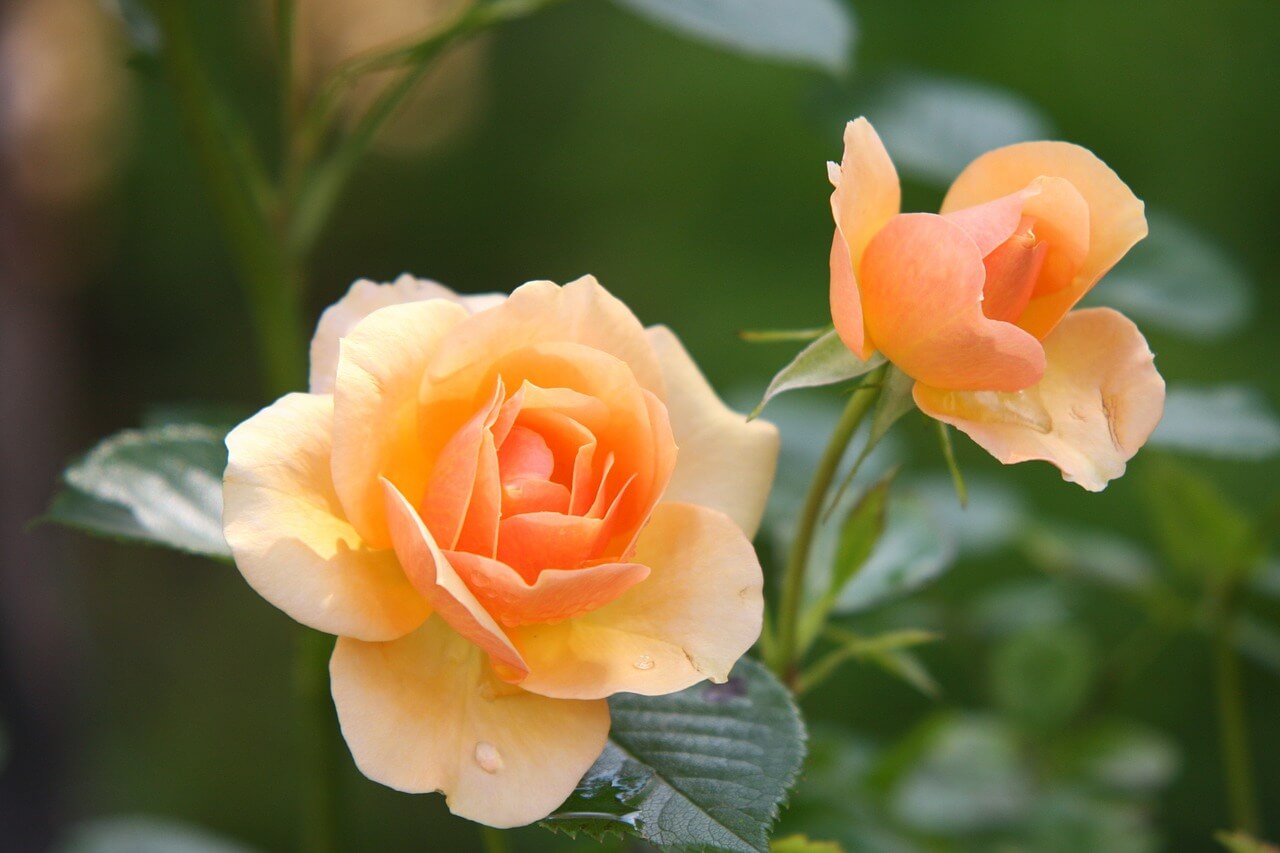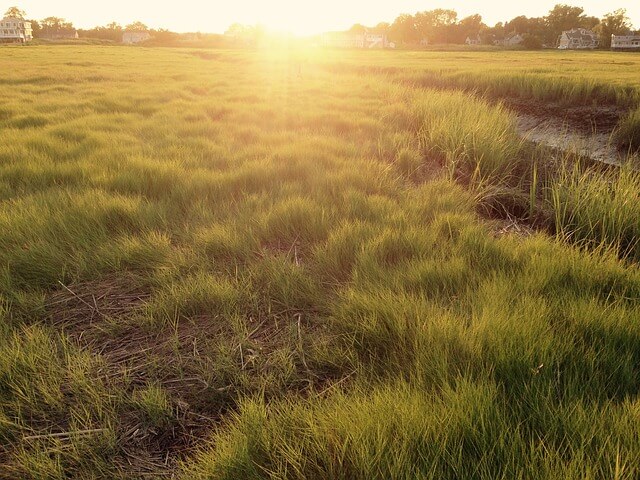Now that it’s springtime in Denver, elm tree pests are starting to come out of their winter stages of life to feed. You may notice brown spots or circular holes starting to show up in your elm’s foliage. These are signs that your tree may be infested with a pest – and your next step should be calling your Denver tree service to help you mitigate the infestation.
Here are a couple common pests that are found on elm trees here in Denver:
Elm Leaf Beetles
A common pest of elm trees, the elm leaf beetle survives by feeding on leaves. In spring, females lay eggs, usually ranging from 5-25 on the underside of the leaves. When the eggs hatch, caterpillar like larvae emerge. Once they go through their three growth stages over the course of a couple weeks, they become adults and fly to the canopy of the elm to feed. You can identify the beetle by the olive green color and a black stripe on their body.
The damage that the elm leaf beetle causes is a telltale “shothole” (pin sized holes) pattern through the entirety of the leaf. Larvae also skeletonize the surface of the leaf which causes it to turn white or brown. When there is an abundance of these beetles, they can cause a lot of damage and can even defoliate an elm tree. This decreases summer shade which leaves the tree in danger of sun scorching as well as depletion of the overall aesthetic value of the tree.
Elm Weevils
Starting in May and early June, elm weevils start to chew from the underside of leaves and can cause them to turn brown and fall off. The holes left by adults are pin sized – and although the damage is mostly an aesthetic problem, it can lead to severe defoliation which can weaken the tree. This makes it more vulnerable to disease or other pests. To prevent these weevils from making a home in your elm, it helps to water and mulch properly. Learn more about a proper watering routine and how you can get a good spring start on your landscaping.
Elm Leafminers
The elm leafminer, a wasp like insect, emerges from overwintering in spring. One thing that makes these pests efficient and abundant is the females are capable of producing eggs without males. The larvae tunnel into the leaf which cause major damage to the leaf and can cause it to fall off. The leafminers create “mines” (hence the name), which appear as small white spots and can grow bigger into a “blotch mine.” Blotch mines are elongated tunnels through the veins of the leaf. This can be a problem for the aesthetic value of the tree and over time, can damage an elm’s delicate foliage.
If you suspect you have any of these elm tree pests, the first thing to do is identify them. Your Denver tree service can help do this and take the correct course of action. Call American Arbor Care today at (303) 639-8584 to learn what our tree & shrub management services can do to make sure your elm stays beautiful and healthy for seasons to come.

